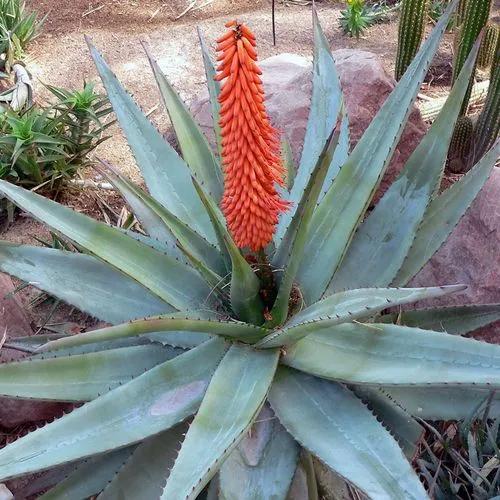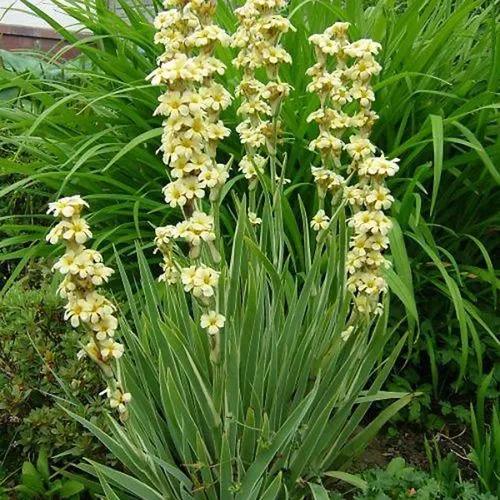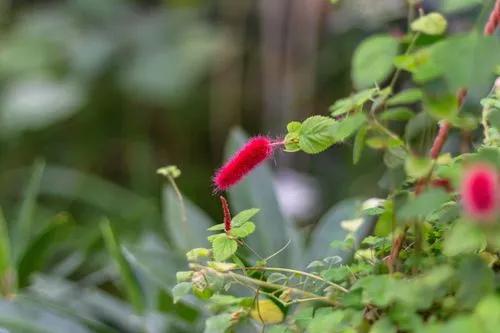A shrub or small tree to about 6 m tall, with scaly bark, the young twigs scurfy. Leaves opposite; petioles slender, scurfy, 2-4 cm long; blades lanceolate to oblong-lanceolate, 8-20 cm long, strongly 3-ribbed and with many widely spreading lateral veins, entire, acuminate at the apex, mostly obtuse at the base, green above, whitish-scurfy beneath. Panicles peduncled, 1-2 dm long, several- to many-flowered; pedicels slender, 5-10 mm long. Calyx limb subtruncate. Petals 4, white, 7-8 mm long. Berry subglobose, purple or black, 8-10 mm in diameter
Florida Clover Ash Care
Tetrazygia Bicolor



Tetrazygia bicolor is a species flowering plant in the glory bush family, Melastomataceae, that is native to southern Florida in the United States and the Caribbean. Common names include Florida clover ash,Florida tetrazygia and West Indian lilac.
Tetrazygia bicolor is a shrub that reaches a height of 3 to 9 m (9.8 to 29.5 ft). The shrub is multi-trunked, the stems' colour can be green or reddish. Its evergreen lanceolate leaves are 10 to 20 cm (3.9 to 7.9 in) long and have three parallel conspicuous veins which run lengthwise. The plant flowers during the spring and summer. The flowers are white or pinkish and the oval fruit is brown and attracts birds.
The shrub grows in the subtropical wetlands of Everglades. It prefers partial shade and grows in acidic, alkaline, sand, loam and clay soils. It has a high drought tolerance but will also grow on well-drained soils. Invasive in Hawaii.
Discover more plants with the list below
Popular articles






